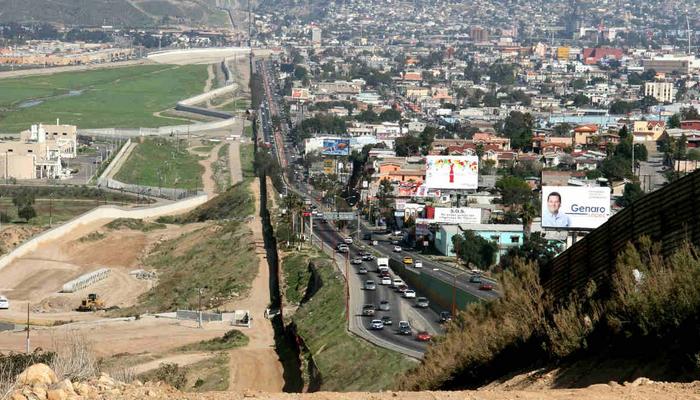Crossing Boundaries: The 3 causes of record growth in U.S.-Mexico immigration
In recent years, the border between the United States and Mexico has been the scene of an unprecedented phenomenon: a record number of immigrants seeking to cross in search of new opportunities. This significant increase raises important questions about the motivations and challenges faced by these individuals. Understanding the reasons behind this trend is essential to addressing the humanitarian and political issues involved.
Advertisements
Migration is driven by a complex interplay of factors, and in this article, we will explore three main reasons behind the record increase in immigrants at the US-Mexico border. We will analyze economic conditions in countries of origin, the prospects for better opportunities in the United States and the impact of migration policies.
Advertisements
We invite you to dive with us into this in-depth analysis, which not only sheds light on the motivations of immigrants, but also highlights the economic and social implications of this phenomenon. By understanding the reasons behind the record number of U.S.-Mexico border crossings, we can seek more informed and humane solutions to one of today’s most pressing challenges.
Economic situation in the country of origin
The economic situation in Mexico is one of the main drivers of migration to the United States. Despite significant advances in recent decades, the country still faces substantial challenges that directly affect the quality of life of its population. Social inequalities, limited employment opportunities and low wages are factors that contribute to the decision of many Mexicans to seek a better future across the border.
Advertisements

The Mexican economy is marked by an unequal income distribution, with a large portion of the population living below the poverty line. This scenario is worsened by the lack of formal jobs and instability in the job market, leading many to seek alternative livelihoods. The most affected regions are often rural areas and peripheral urban areas, where opportunities are even scarcer.
Migration, therefore, appears as a survival strategy for many families who see the United States as a chance to escape poverty and guarantee a better future for their children. The promise of higher wages, stable jobs and access to basic services such as health and education are factors that weigh in the balance when making the difficult decision to leave your home country.
Perspective of better opportunities in the USA
The United States is often seen as the land of opportunity, a place where hard work can be rewarded with a better life. This perception is one of the main attractions for immigrants seeking to cross the border. The economic opportunities in the US, compared to conditions in their home countries, are a powerful draw.
The American job market offers a variety of jobs that, even though they are entry-level, pay significantly higher wages than those found in Mexico and other Latin American countries. Furthermore, economic stability and the possibility of professional growth are factors that fuel the American dream. Many immigrants see the United States as a chance to build a career, educate their children and achieve a quality of life that would be unattainable in their home countries.
This quest for better jobs and higher wages is a powerful motivation to cross the border, despite the risks and challenges involved. The hope of providing a safer and more prosperous future for their families is what drives many immigrants to make this difficult decision. The prospect of better opportunities in the US continues to be one of the main factors attracting immigrants from around the world.
Impact of migration policies
United States immigration policies play a crucial role in the flow of immigrants seeking to enter the country. These policies, which can vary significantly depending on the administration in power, have the potential to facilitate or hinder the migration process. Changes in legislation, asylum procedures and border security measures can have a direct impact on many individuals’ decisions to undertake the journey to the US.
For example, more restrictive policies tend to discourage irregular migration, increasing the risks and difficulties faced by immigrants. On the other hand, more open policies or regularization programs can encourage a greater flow of people in search of opportunities. Furthermore, uncertainty about future changes to migration policies could lead to spikes in migration as people try to take advantage of windows of opportunity before rules become stricter.
It is important to highlight that immigrants’ decisions regarding migration are not only influenced by US policies, but also by conditions in their home countries and the policies of other countries they may pass through during their journey. The complex interaction between these different factors makes migration a multifaceted phenomenon, where migration policies play a fundamental, but not exclusive, role.





